 Under Construction!
Under Construction!
Intertidal at Kenneth Norris Rancho Marino UC Reserve, Cambria, San Luis Obispo Co., CA, February 27, 2022 (post fieldtrip)
Go Back or to Part 1 - 2 - 3
- 4
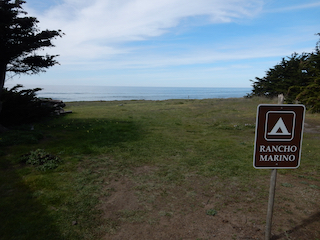
-
| 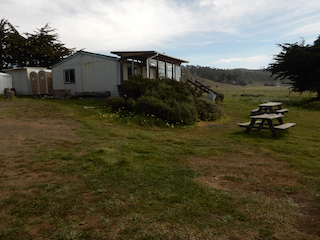
-
| 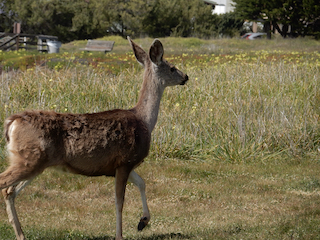
-
|
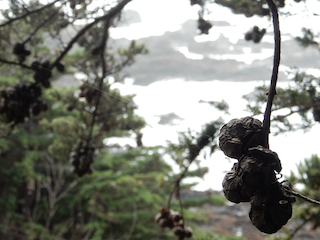
-
| 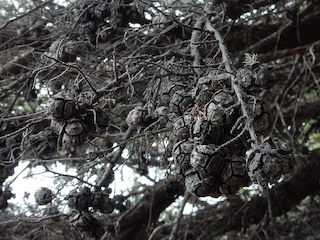
-
| 
-
|
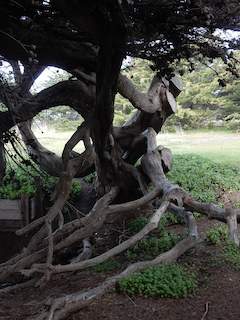
-
| 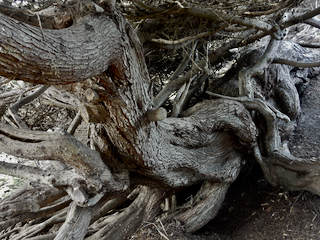
-
| 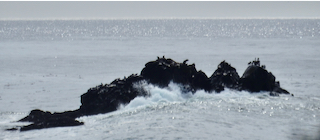
A telephoto view of the California sea lions on White Rock, taken from our Rancho Marino Reserve campsite where we could
hear them barking during the night.
|
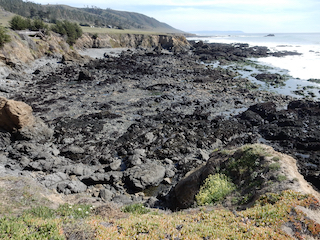
-
| 
-
| 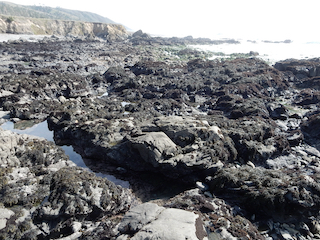
-
|
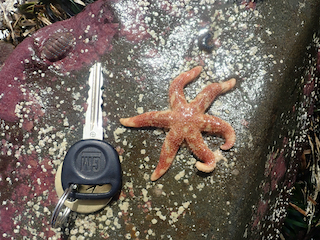
-
| 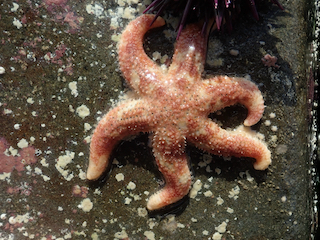
A brooding seastar member of the Leptasterias aequilis species complex, with several recently
released tiny juveniles just to the right of mom's arms. Like her, they have six arms. Click on the thumbnail image to see a larger version, and you can zoom in to see more details.
I temporarily removed her from the brood (see next two images), but she seemed to
resume her brooding when she was returned to her former position.
| 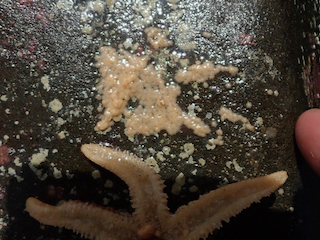
-
|
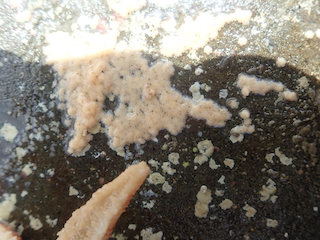
-
| 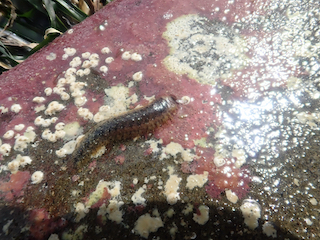
-
| 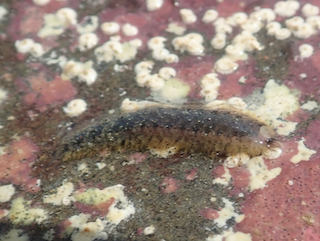
A polychaete known as a scale worm (Polynoidae) because it has overlapping scale-like disks called elytra
on its dorsal side. These are free living predators but often can be found living as commensals on the undersides of seastars,
keyhole limpets, gumboot chitons, or other animals.
|
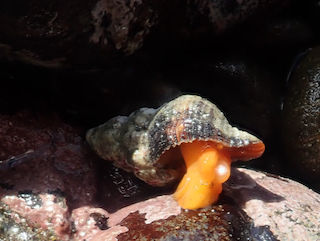
-
| 
-
| 
-
|

-
| 
-
| 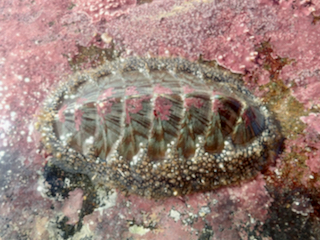
-
|

-
| 
-
| 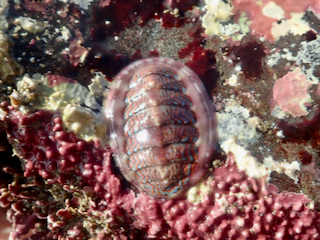
-
|
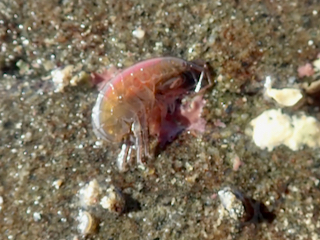
-
| 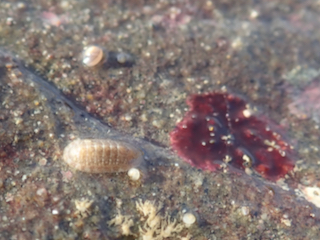
-
| 
-
|

-
| 
-
| 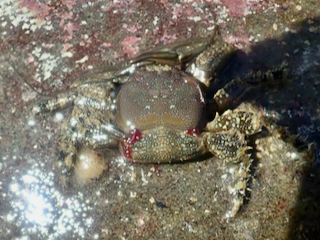
-
|
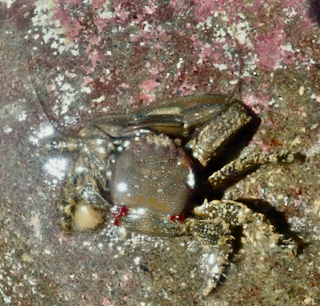
-
| 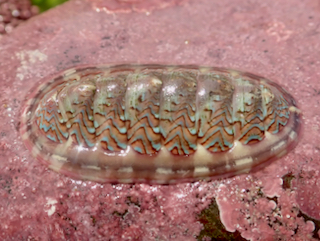
-
| 
-
|

-
| 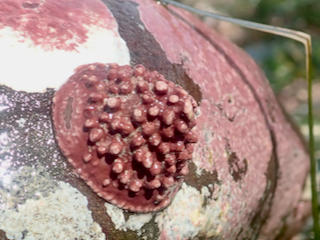
-
| 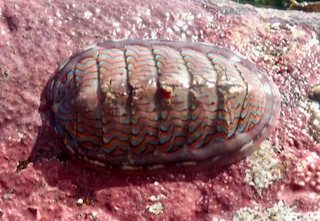
-
|
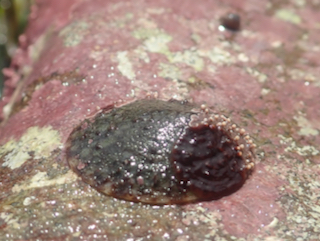
-
| 
-
| 
-
|
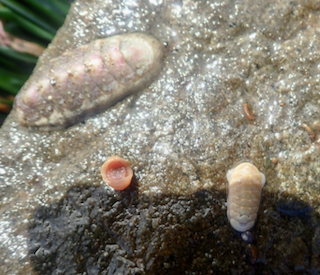
-
| 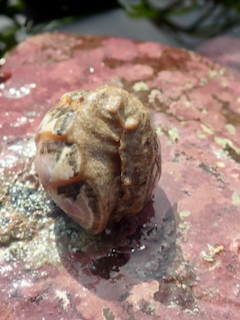
-
| 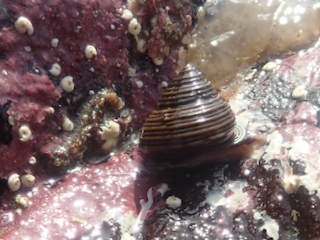
-
|
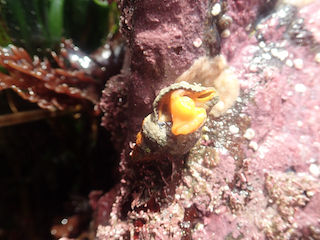
-
| 
-
| 
-
|
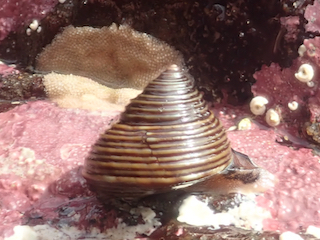
-
| 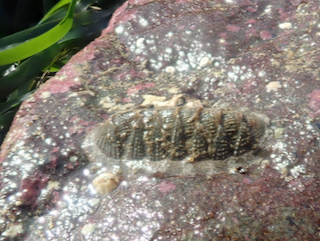
-
| 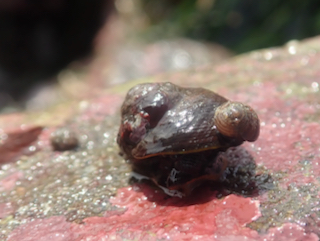
-
|
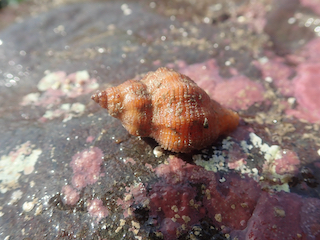
-
| 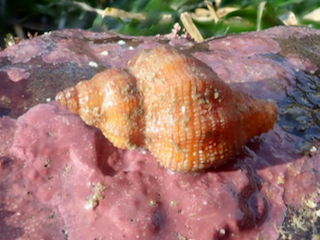
-
| 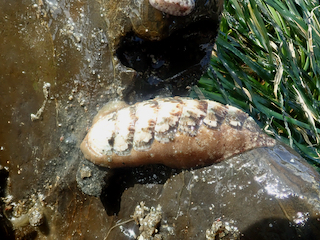
-
|
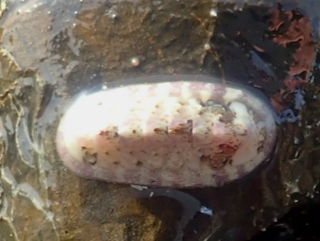
-
| 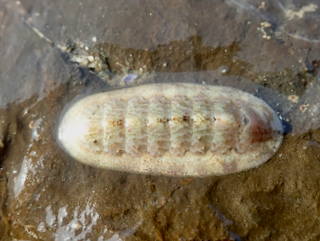
-
| 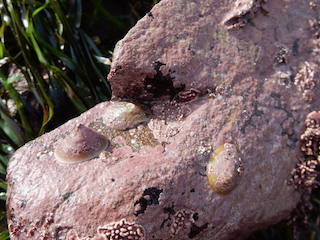
-
|

-
| 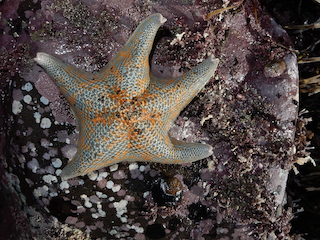
-
| 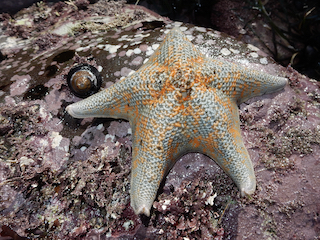
-
|
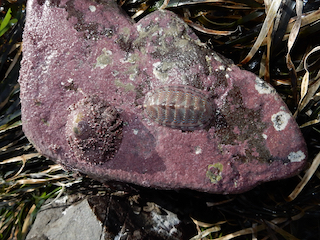
-
| 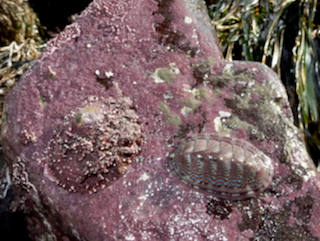
-
| 
-
|
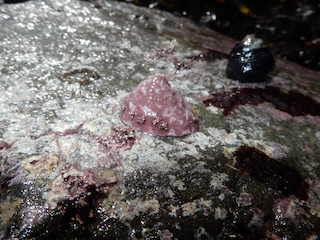
-
| 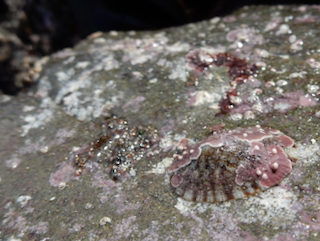
-
| 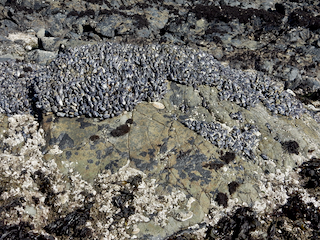
-
|
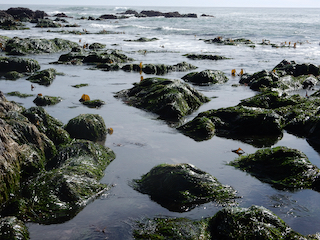
-
| 
-
| 
Tegula brunnea (brown turban snails) are found in the low intertidal but are probably more common in the
shallow subtidal. This one was found feeding on a drift kelp stipe.
|
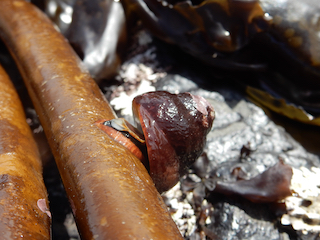
-
| 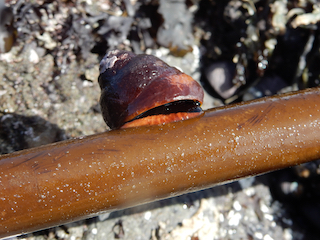
-.
| 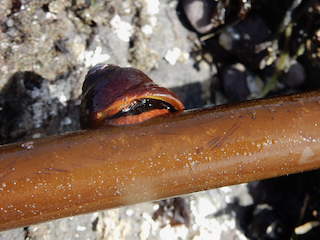
-
|

-
| 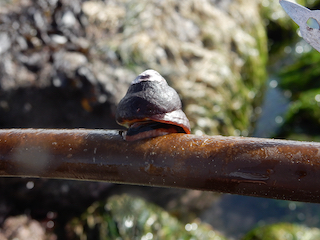
-
| 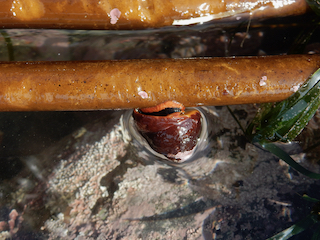
-
|
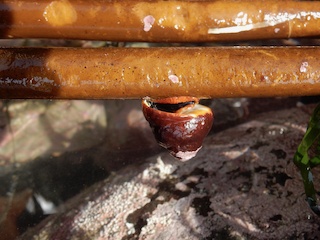
-
| 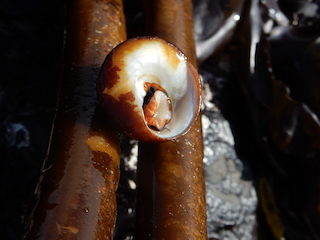
-
| 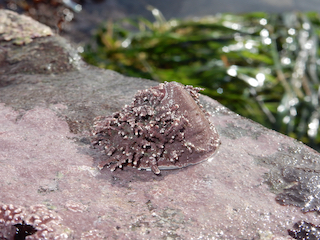
-
|
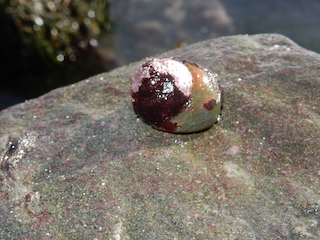
-
| 
-
| 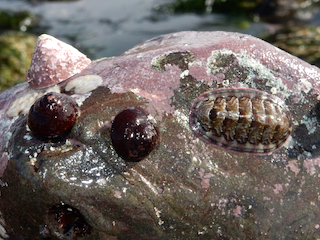
-
|

-
| 
-
| 
-
|
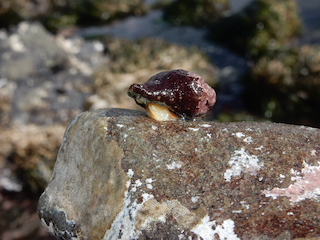
-
| 
-
| 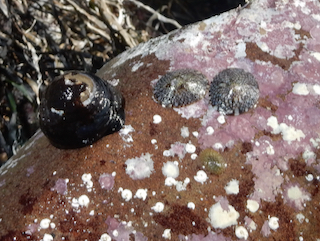
-
|
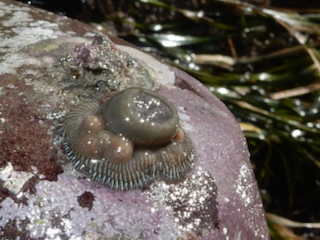
-
| 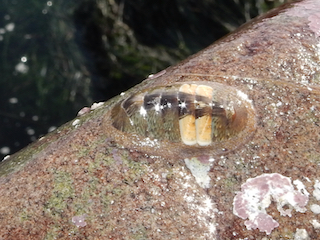
-
| 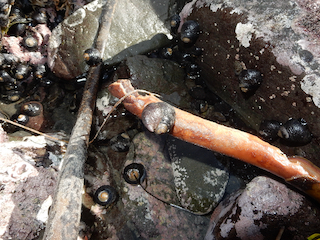
-
|

-
| 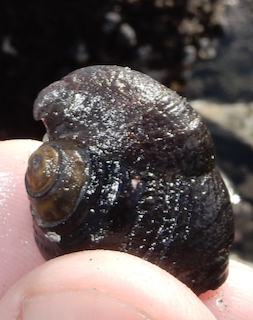
-
| 
-
|
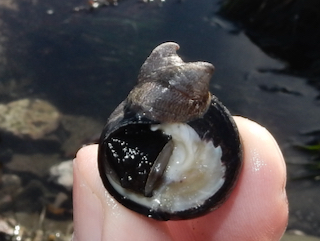
-
| 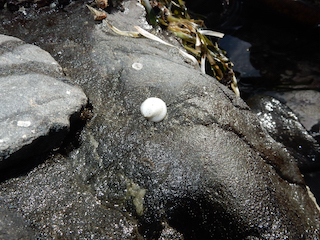
-
| 
This limpet-shaped snail of the family, Hipponicidae (Littorinimorpha), Hipponix tumens, lives a
sedentary life with a thin second shell attached to the rock under where it lives. They feed on detritus with an out-stretched proboscis.
|
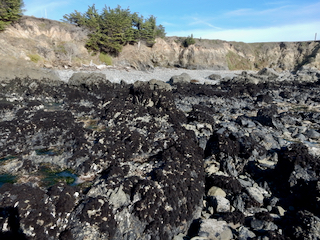
-
| 
-
| 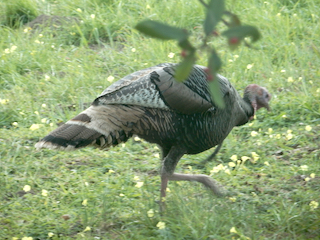
I saw four wild turkeys together crossing the road as I was leaving the Reserve, almost to PCH.
|
Go to Part 1 - 2 - 3
- 4 (post fieldtrip)
Return to Biology 317 Fieldtrip Map or Bio 317 Field Marine Biology Home Page
Web page created on 3/2/22 using ShoresToWeb HyperCard stack by D. J. Eernisse © 2005-2009
 Under Construction!
Under Construction! Under Construction!
Under Construction!